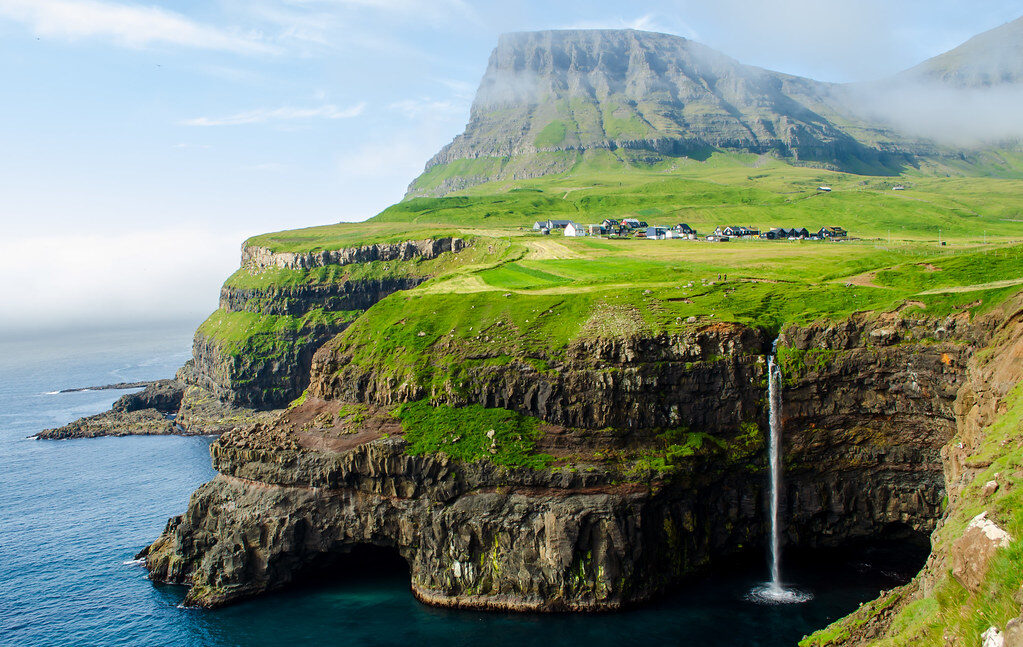Photo © Brian Kingsley
The Faroe Islands is an isolated archipelago packed with stunning landscapes and a unique culture. It is located between Iceland, Scotland, and Norway.
The Faroe Islands are an archipelago located in the North Atlantic Ocean. They are an autonomous territory within the Kingdom of Denmark, with their own government and parliament. The islands cover an area of approximately 1,400 square kilometers.
Here are some key points about the Faroe Islands:
Geography: The Faroe Islands are made up of 18 main islands and several smaller islets. The largest island is Streymoy, where the capital city, Tórshavn, is located. The islands are known for their rugged and picturesque landscapes, including cliffs, mountains, fjords, and waterfalls.
Culture and Language: The Faroese people have a distinct culture and identity. The official language is Faroese, which is closely related to Icelandic and derives from Old Norse. Danish is also widely spoken, and English is commonly understood.
Economy: Historically, fishing has been the mainstay of the Faroese economy, and it still plays a significant role today. The islands have a strong seafood industry, exporting fish and fish products. In recent years, tourism has also become an important sector, attracting visitors with its natural beauty, wildlife, and unique cultural heritage.
Self-Governance: The Faroe Islands have had self-governance since 1948, which means they have control over most of their domestic affairs, including taxation, education, and social services. Denmark is responsible for foreign affairs, defense, and monetary policy.
Faroese Parliament: The Faroe Islands have their own parliament, known as the Løgting, which consists of 33 members elected by popular vote. The head of government is the Prime Minister, who is chosen by the Løgting.
Nature and Wildlife: The Faroe Islands are home to abundant birdlife, including puffins, gannets, and fulmars. The islands also have a large population of sheep, which roam freely across the landscape. Hiking, birdwatching, and fishing are popular activities for both residents and visitors.
Traditional Faroese Food: Faroese cuisine is known for its emphasis on locally sourced ingredients, particularly seafood. Some traditional dishes include ræst kjøt (fermented mutton), skerpikjøt (dried mutton), and ræstur fiskur (fermented fish).
Transportation: The islands are well-connected by air and sea. Vágar Airport, located on the island of Vágar, serves as the main international gateway to the Faroe Islands. There are also regular ferry services between the islands.
The Faroe Islands offer a unique blend of stunning natural landscapes, rich cultural heritage, and a close-knit community. It’s a destination that attracts nature lovers, adventurers, and those seeking isolation and breathtaking scenery.

